Painting How To
Step-by-step oil painting of a Peony
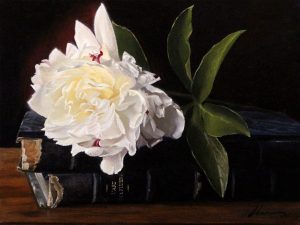 Peony
Peony
12×16 inches | Oil on Canvas
Living in Southern California for most of my life, I don’t remember seeing a Peony growing in a garden. So after moving to Southern Oregon, finding this volunteer Peony blooming in our front yard was an amazing treat. It was fun painting the subtle whites of its opulent bloom. I chose to contrast the delicate nature of the flower with the dark, weathered texture of old art books.
A quick look at my process
This time-lapse video shows my process of painting Peony in 6:45 minutes. The total painting time was about 30 hours. Below the video is the step-by-step oil painting process I used to create Peony.
STEP 1: Drawing on canvas
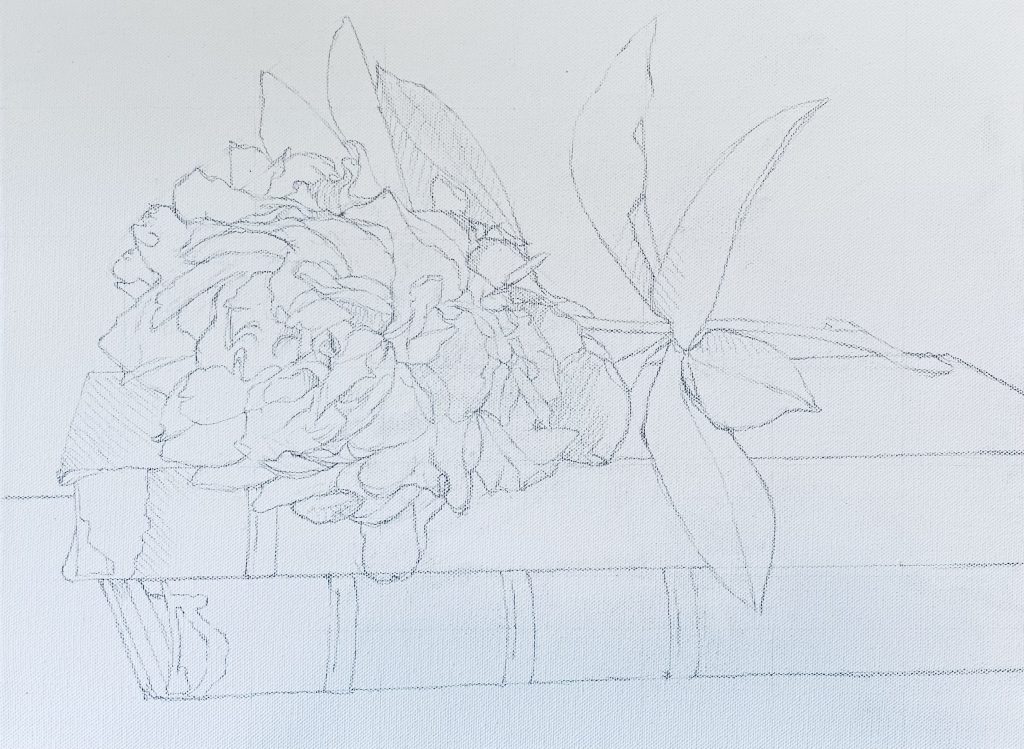
Freehand drawing is the time to explore
Drawing freehand helps me explore and refine the composition. It also better acquaints me with all of the elements – the petals, leaves, books, and the dark and light patterns – and their relationship to each other. I pay close attention to the rhythm, placement, and orientation of the peony petals. Spray fix is applied to hold the drawing in place.
STEP 2: Blocking in
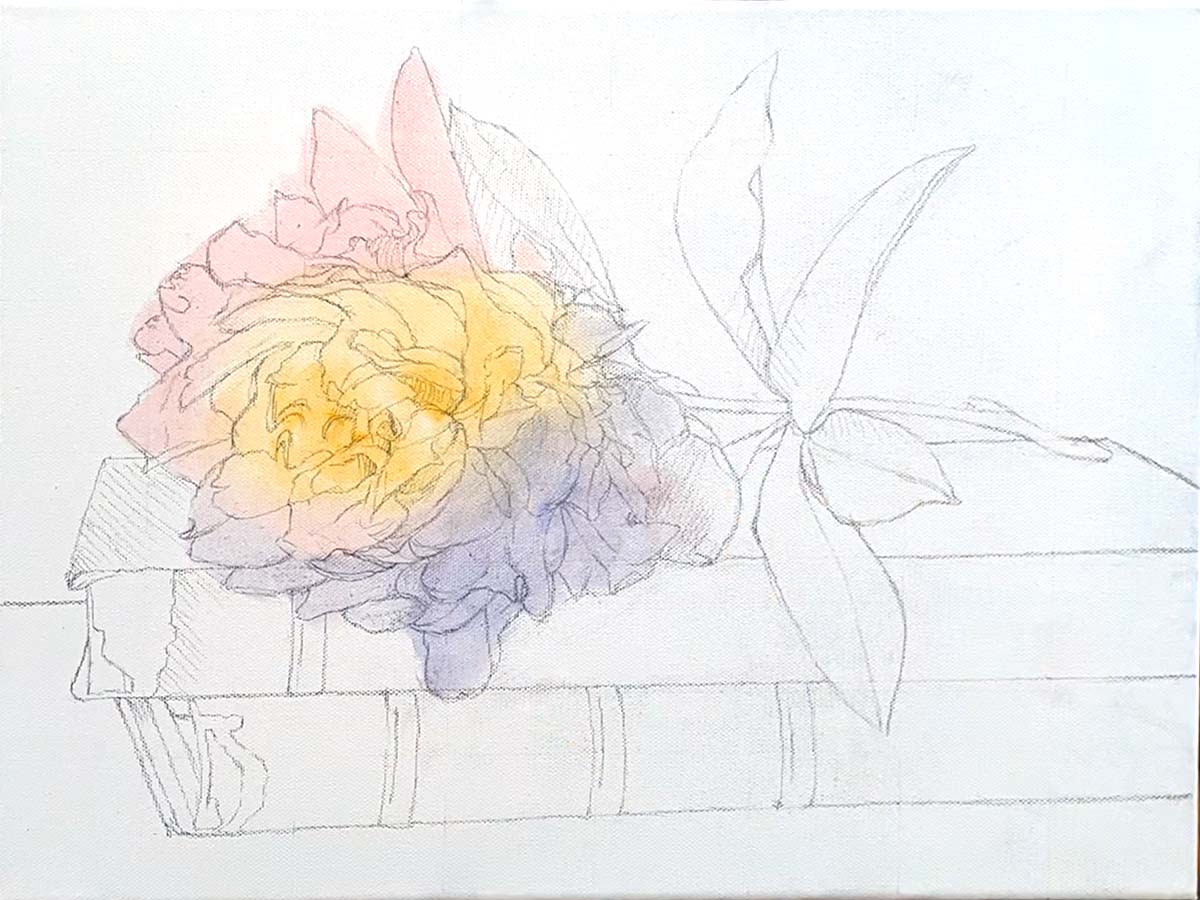 FLOWER: Block in begins with “wash” of a mix of Indian and Cadmium Yellow Light with the addition of a wash of Alizarin Crimson, Ultramarine Blue mix. These colors will become a base that will show through in the final painting. This allows light to shine through this thin layer of color too enhance the glowing effect I love.
FLOWER: Block in begins with “wash” of a mix of Indian and Cadmium Yellow Light with the addition of a wash of Alizarin Crimson, Ultramarine Blue mix. These colors will become a base that will show through in the final painting. This allows light to shine through this thin layer of color too enhance the glowing effect I love.
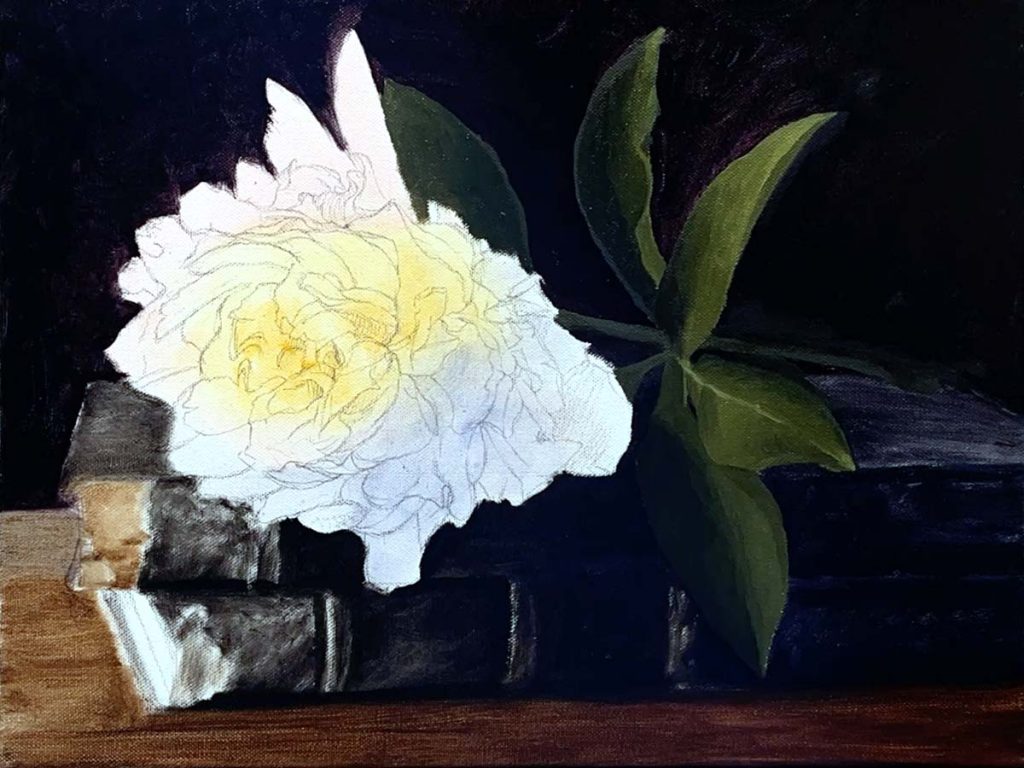
BACKGROUND: Various mixtures of alizarin crimson with ultramarine blue along with a touch of burnt umber are used to create subtle temperature shifts in the background. The left side of the background is predominantly crimson and ultramarine. The right side is warmer with the addition of burnt umber.
TABLE AND BOOKS: I scrub in the books and table with burnt umber indicating shades with thicker strokes of burnt umber.
LEAVES: The leaves have been added with a mix of Indian Yellow and Ivory Black.
STEP 5: Refining the flower petals

The petals are blocked in staring with the areas in shadow using a neutral gray and subtle shades of off-white. The lighter petals are blocked in, keeping in mind that I want the yellow wash to show through in the finished work to help the center of the bloom glow.
STEP 6: Refining the flower petals

Smoothing out the surfaces, refining the lighting, and balancing the colors bring us to the final touches for the flowers.
A thin line is added to the edges of the leaves to define their thinness. A light blue glaze is added to the leaf on the right to suggest the reflection of the blue sky.
STEP 7: Finishing touches – books, table, and petals
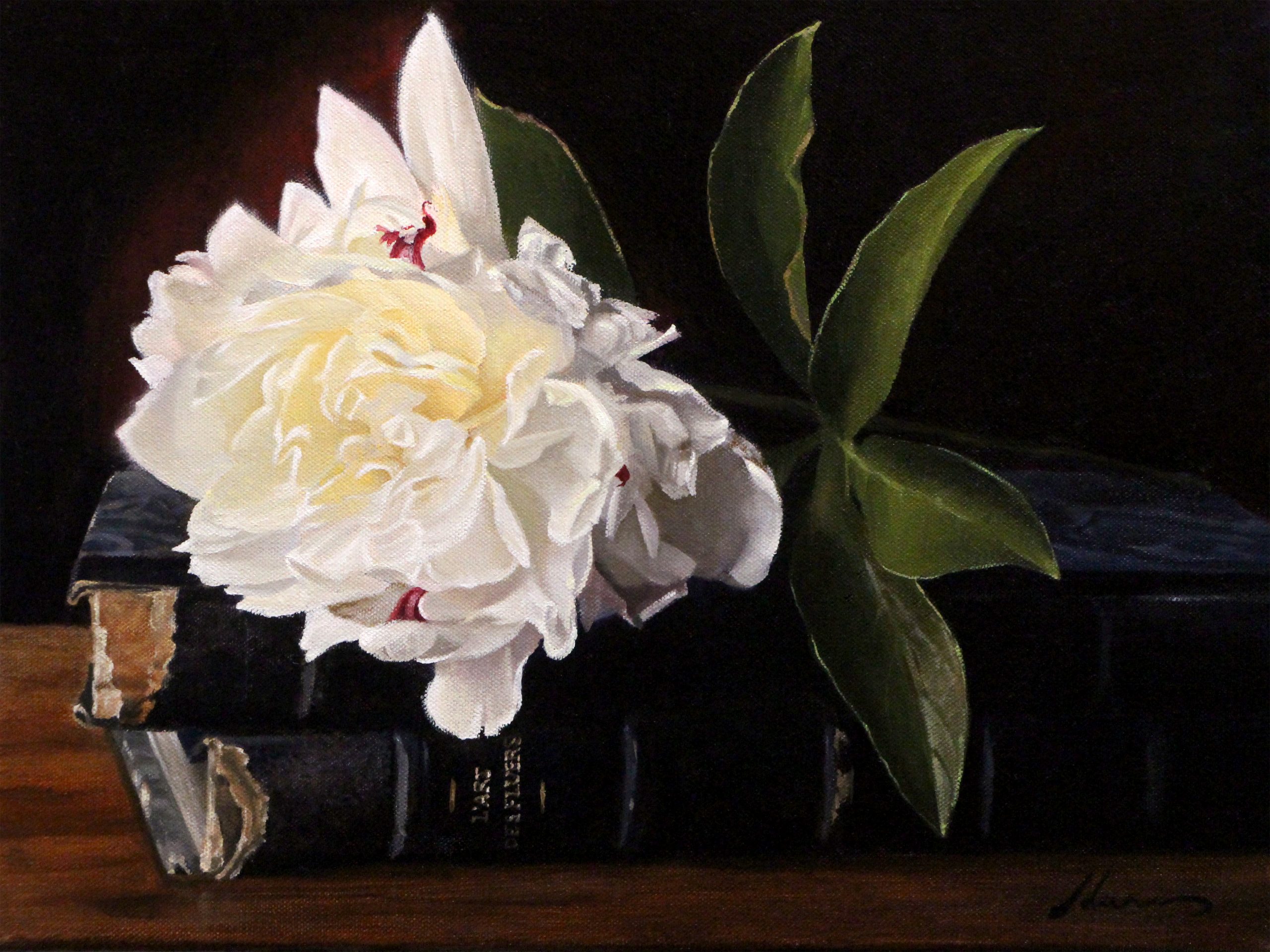 The final touches are added to the shadows and reflective tabletop. The last strokes are cool=gray and white highlights to the books to bring out the texture to contrast with the soft glow of the peony. As a fun finishing touch I added a title to the bottom book, “L’Art des Fleurs” – The Art of Flowers.
The final touches are added to the shadows and reflective tabletop. The last strokes are cool=gray and white highlights to the books to bring out the texture to contrast with the soft glow of the peony. As a fun finishing touch I added a title to the bottom book, “L’Art des Fleurs” – The Art of Flowers.
Finished – Gardenia with Chardin
Peony
12×16 inches | oil on canvas panel
SOLD
More of my available painting can be seen
online or in-person through Lily Pad West Gallery
Lily Pad West Gallery
215 N Broadway
Milwaukee, WI 53202
414 509-5756
GREAT RESOURCES
These books have a treasured place in my studio.
 Alla Prima II Everything I Know about Painting and More
Alla Prima II Everything I Know about Painting and More by Richard Schmid
Alla Prima, this book offers to the artist and art lover alike the wisdom and technical savvy which comes from a classical education and a lifetime of painting and teaching. Writing as an acknowledged master, Richard gracefully leads his reader through the subtleties of painting theory and technique with refreshing directness and unmatched technical authority. With an emphasis on painting from life, he writes with warm humor about the joys and trials of being an artist. He brings to life the romance of Bravura painting and examines the mysteries of color in fascinating detail.

by Juliette Aristides
Lessons in Classical Painting presents aspiring artists with the fundamental skills and tools needed to master painting in the atelier style. With more than 25 years of experience in ateliers and as an art instructor, Aristides pairs personal examples and insights with theory, assignments and demonstrations for readers, discussions of technical issues, and inspirational quotes.
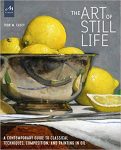 The Art of Still Life
The Art of Still Life by Todd M. Casey
The Art of Still Life offers a comprehensive, contemporary approach to the subject that instructs artists on the foundation basics and advanced techniques they need for successful drawing and painting. In addition to Casey’s stunning paintings, the work of over fifty past and present masters is included, so that the book is both a hardworking how-to manual and a visual treasure trove of some of the finest still life art throughout history and today.
Materials
Canvas Panel – acrylic double primed
Paints (M Graham)
In the order arranged on my palette
M Graham Walnut Oil Paints
Alizarin Crimson
Cadmium Yellow Light
Cadmium Yellow Medium
Cadmium Orange
Cadmium Red
Indian Yellow
Ultramarine Blue
Burnt Umber
Ivory Black
Titanium White Rapid Dry
Medium
Walnut Alkyd Medium
Brushes
Rosemary & Co Brushes
Brush Cleaner
Turpenoid Natural
The Master’s Brush Cleaner

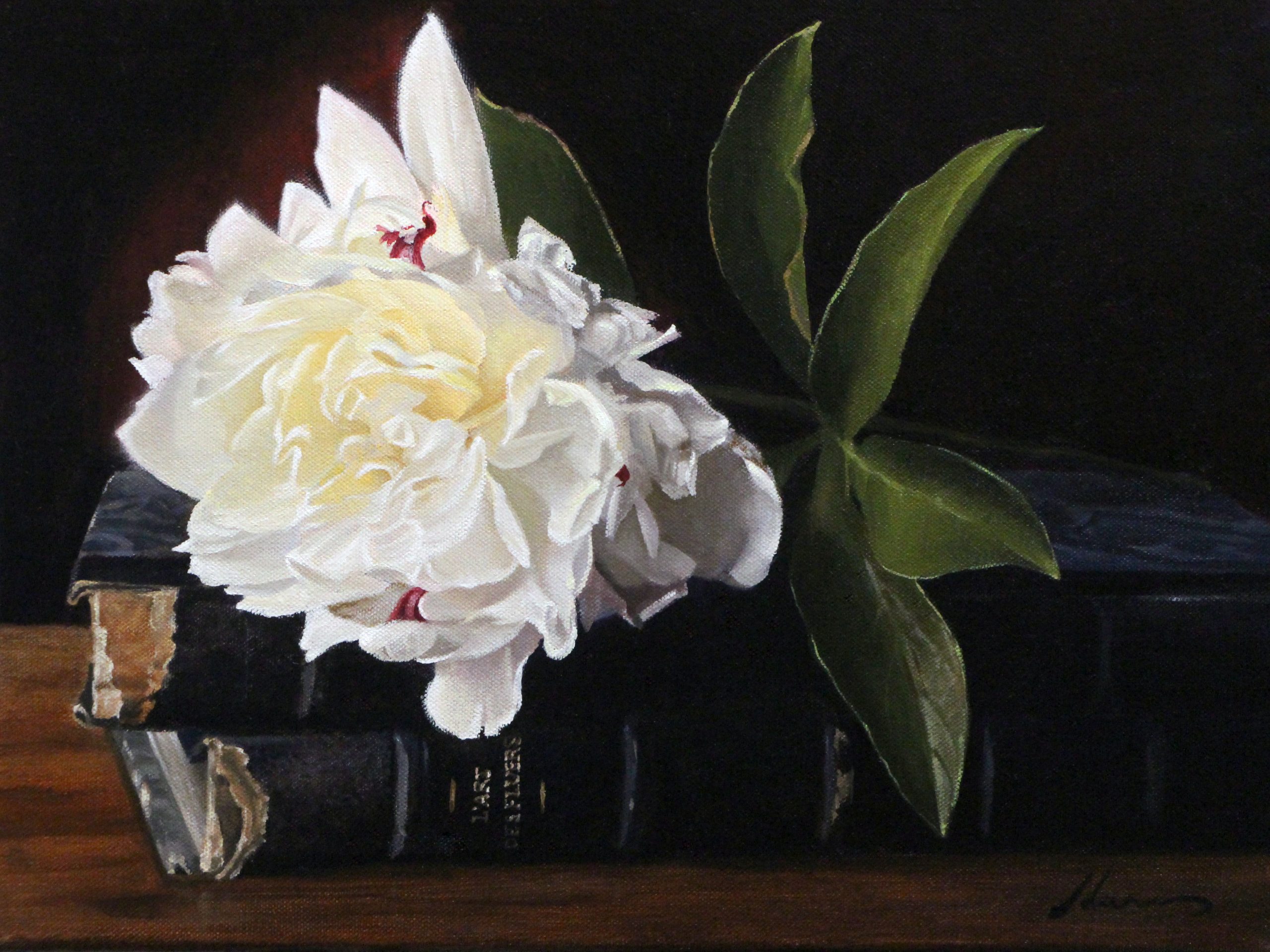
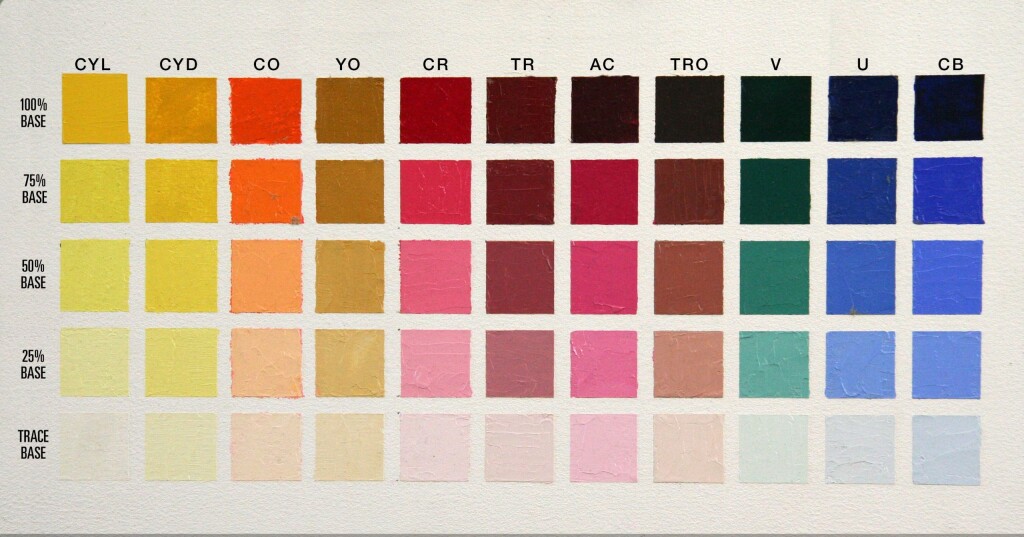
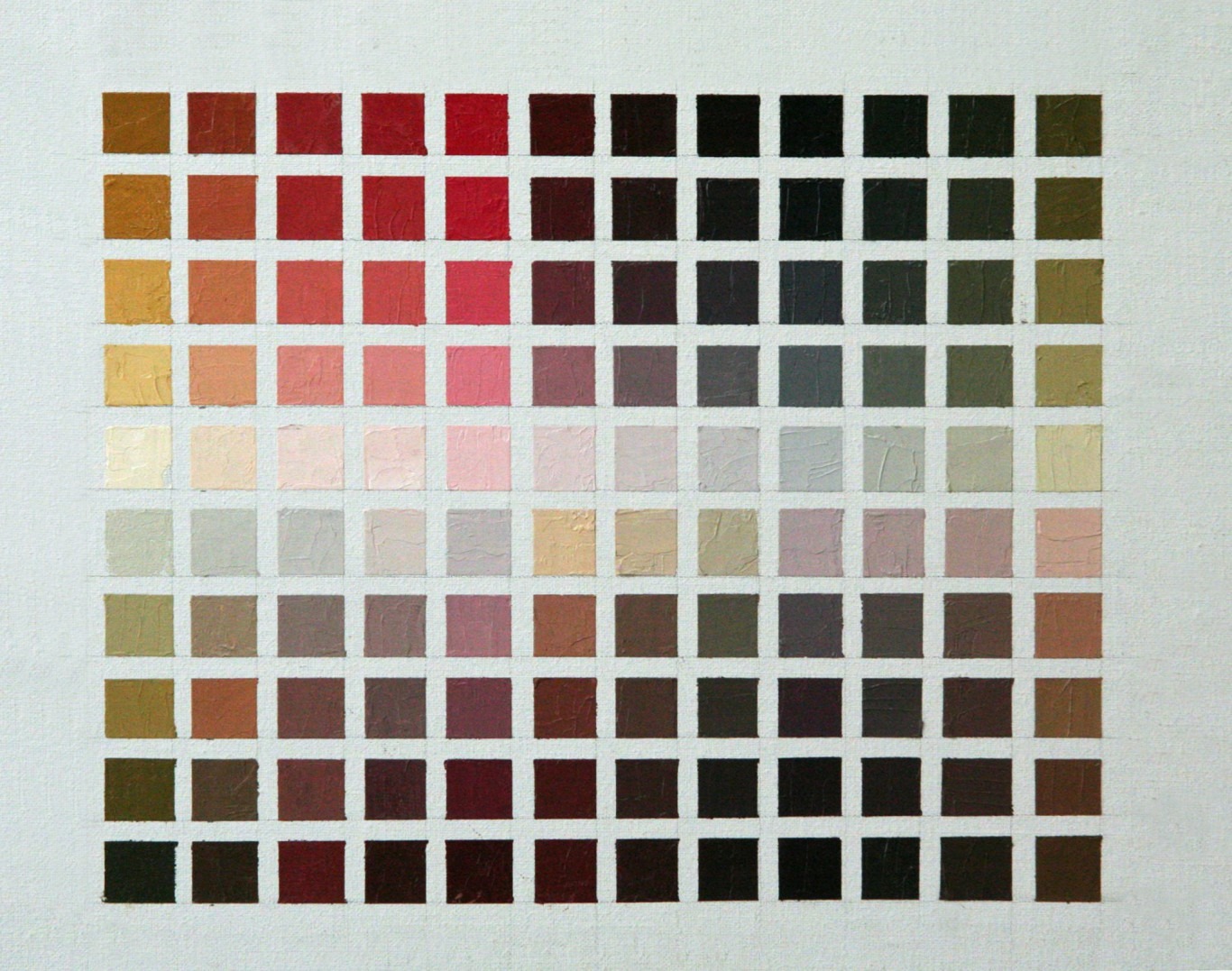

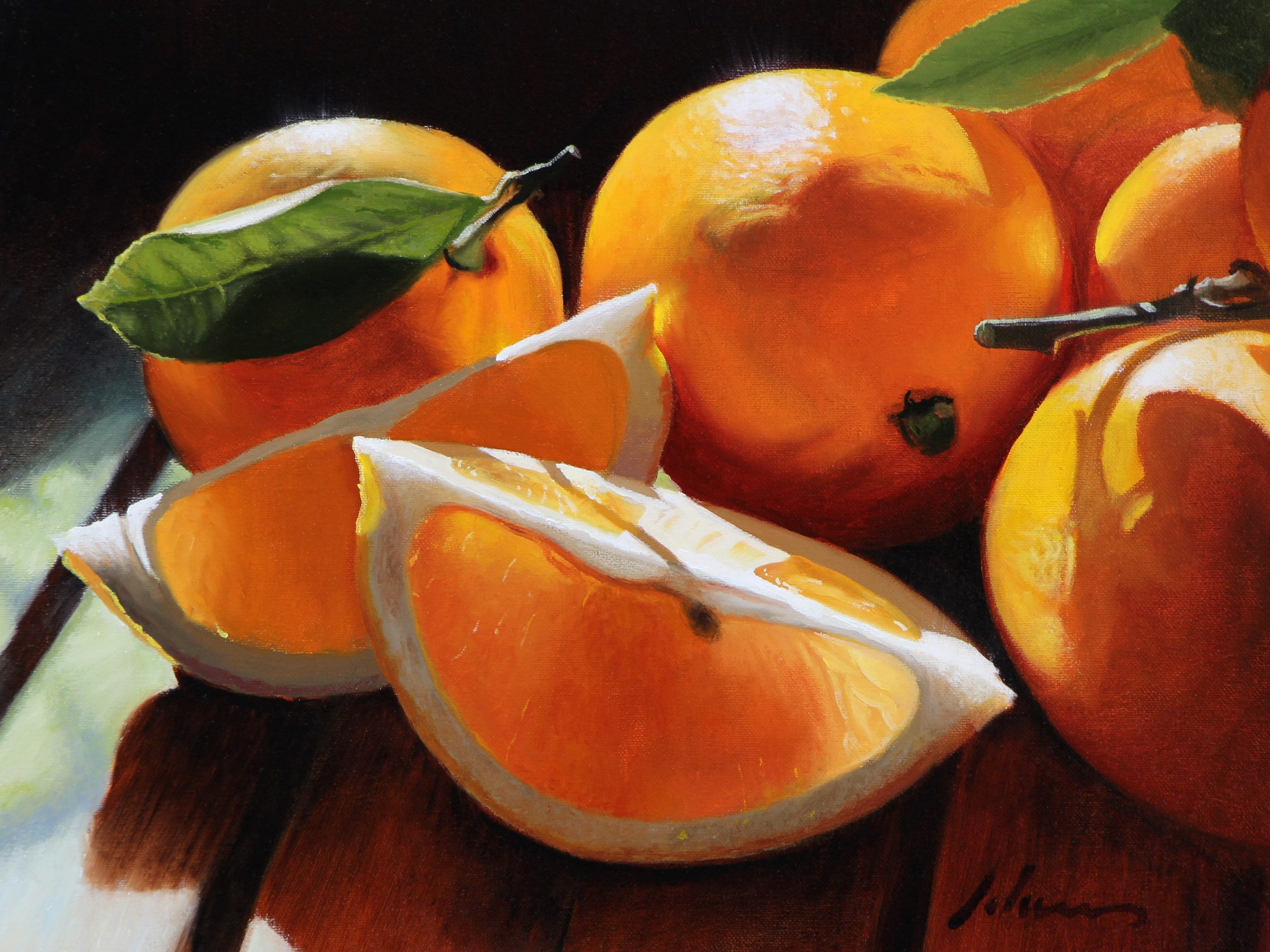
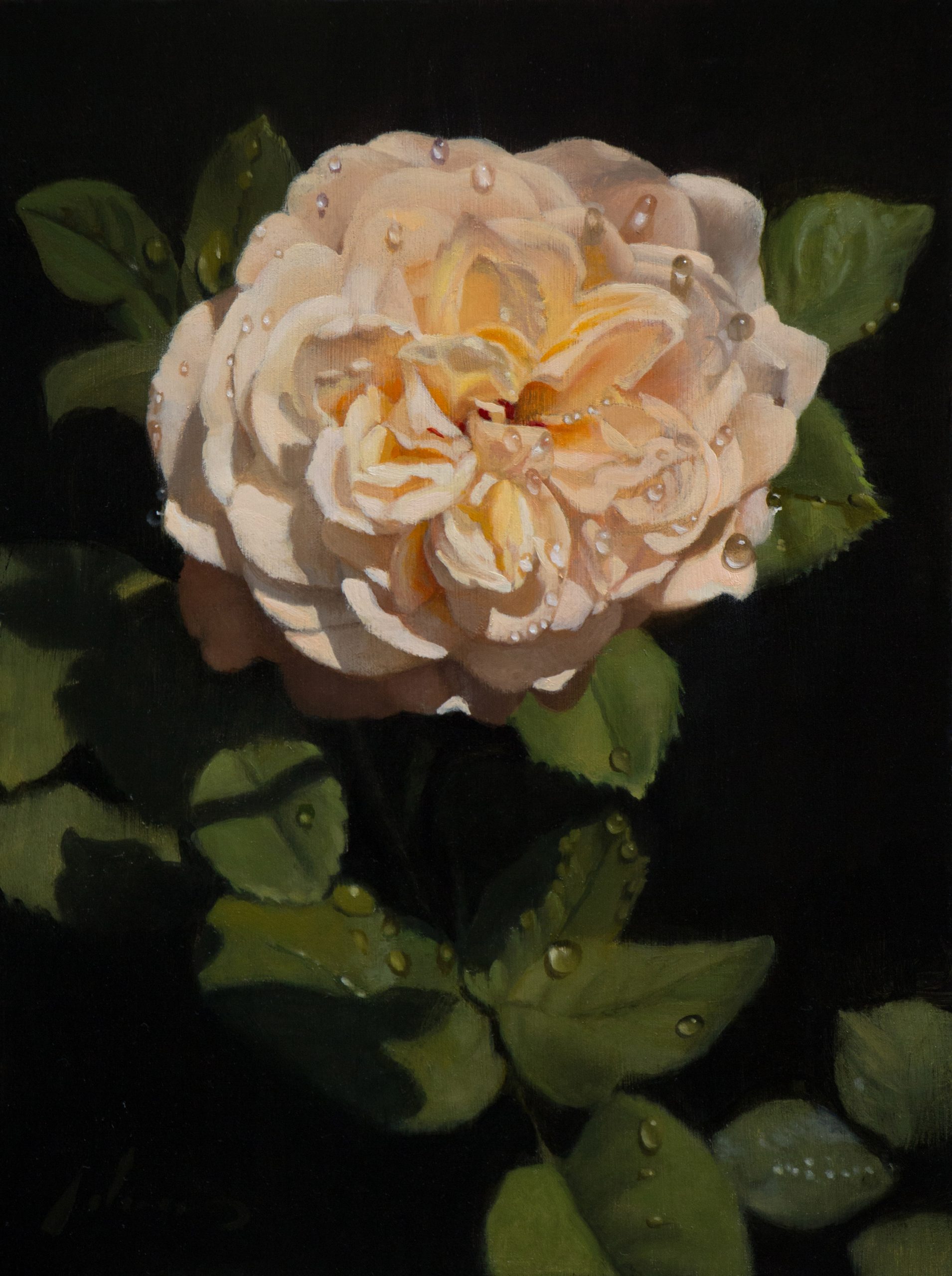
Really, really great. Thanks for taking the time to post this. Sending to Gemma and the girls now. Guessing this is what they’ll study next.
Thank you so much, Justin. Love hearing from you. You and Gemma have created an amazing, creative environment for your girls. I would be honored to have this little demo inspire a creative project for them. Hugs to you all!
Incredible work! I’ve spent a lifetime trying to paint like you. I live in Medford do you teach?
Thank you for the compliment. I don’t teach right now. But recently I have considered developing a workshop. Perhaps online. Possibly in person in the Rogue Valley area. In-person would not happen until after the pandemic calms down significantly. Be sure to subscribe to my newsletter to get announcements of demos and workshops. Happy Painting!!!!